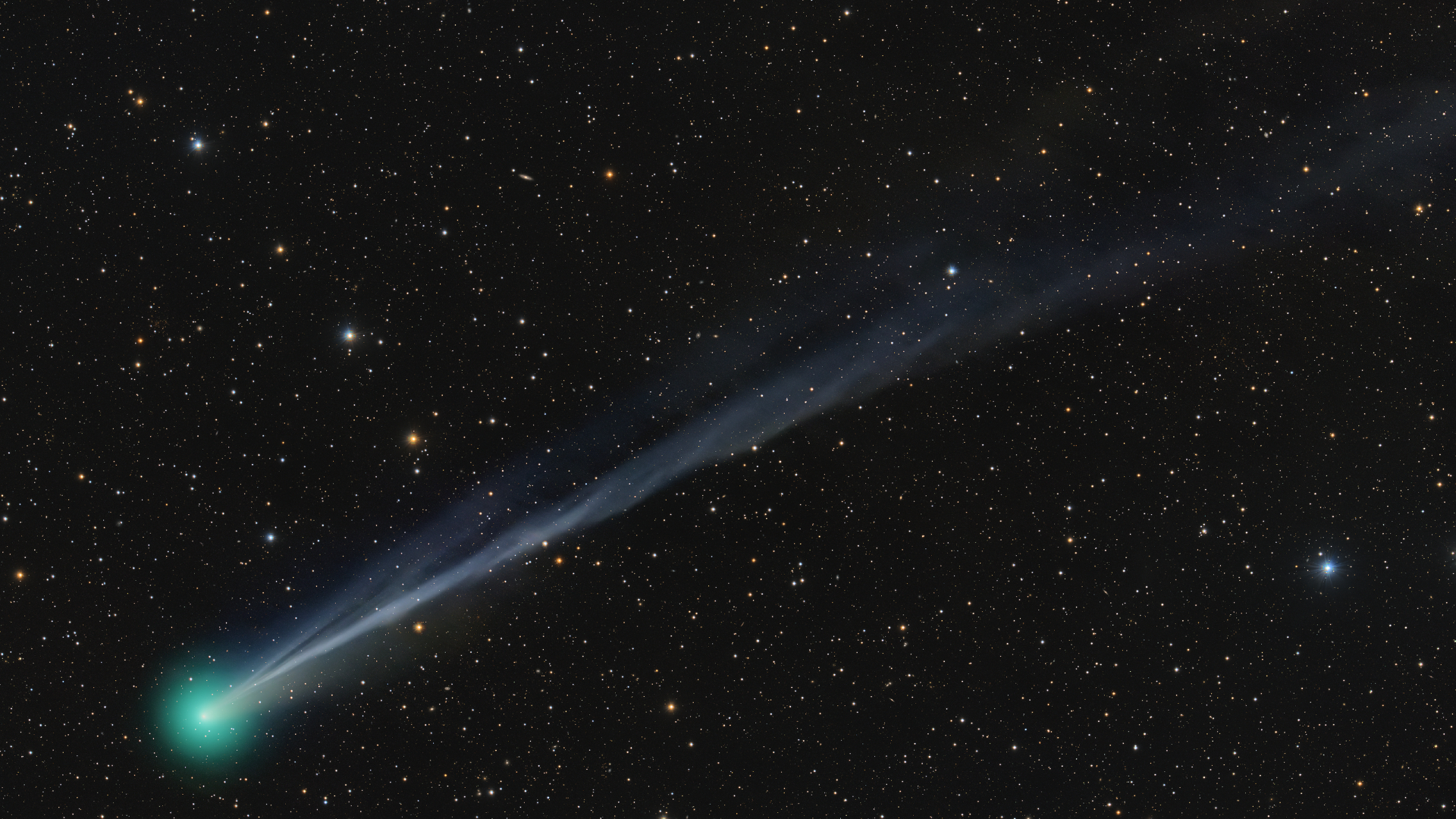Stargazers are in for a once-in-a-lifetime treat tonight as not one, but two comets—Comet Lemmon (C/2025 A6) and Comet SWAN (C/2025 R2)—make their closest approach to Earth, creating a dazzling double feature in the night sky.
Two Cosmic Visitors, One Night
For skywatchers, October 21, 2025, is shaping up to be unforgettable. Both
Comet Lemmon and
Comet SWAN are currently visible, with their closest approaches coinciding with the peak of the Orionid meteor shower and a new moon, ensuring
exceptionally dark skies for optimal viewing.
-
Comet Lemmon was discovered in January 2025 and is making its closest pass tonight. Look for it in the
northwestern sky after sunset—it will soon become visible only in the evening as it moves away from Earth.
-
Comet SWAN was discovered just last month and made its closest approach yesterday, October 20. It remains visible
low in the southwestern sky shortly after sunset for Northern Hemisphere observers.
How to See the Comets Tonight
Best viewing window: Right after sunset, October 21, 2025.
-
Comet Lemmon: Northwestern sky, visible after sunset.
-
Comet SWAN: Southwestern sky, low on the horizon after sunset.
-
No telescope required: Both comets are bright enough to be seen with binoculars, and possibly even with the naked eye under dark skies.
-
Meteor shower bonus: The Orionids are peaking tonight, so you might catch a shooting star while comet-hunting.
What Makes This Event So Special?
Seeing two bright comets at once is
extremely rare. Both Lemmon and SWAN are long-period comets, originating from the distant Oort Cloud at the edge of our solar system. Their simultaneous appearance is a cosmic coincidence that won’t be repeated for decades.
Adding to the drama,
Comet Lemmon is at its closest point to Earth tonight, making it especially bright and photogenic. Meanwhile, Comet SWAN’s recent discovery means astronomers are still learning about its composition and behavior.
Expert Tips for Skywatchers
-
Find a dark spot: Get away from city lights for the best view.
-
Bring binoculars: While both comets may be visible to the naked eye, binoculars will reveal their glowing tails and fuzzy comas.
-
Use a sky app: Apps like
Sky Tonight can help you pinpoint the comets’ exact locations in real time.
-
Be patient: Let your eyes adjust to the darkness for at least 15 minutes.
What’s Next for These Comets?
Comet Lemmon will soon fade from view as it moves away from Earth, while Comet SWAN is expected to remain visible for a few more days before it, too, dims and disappears into the depths of space.
Astronomers are urging the public to
catch this double comet show tonight, as it may be the only chance in a generation to witness such a spectacle.
Final Thoughts
Tonight’s sky offers a
rare cosmic double feature—a perfect excuse to step outside, look up, and marvel at the wonders of our universe. Whether you’re a seasoned astronomer or a casual stargazer, this is one celestial event you won’t want to miss.
Sources
1. The Sky Today on Tuesday, October 21: The Orionids peak, Comet Lemmon is closest to Earth, and Titan makes a transit
2. Comet 2025 | G3 ATLAS Visibility - Star Walk
3. Live ONCE IN A LIFE TIME Comet OCTOBER 21, 2025 - YouTube
4. Comet Panstarrs from Northern Ireland - Nightskyhunter.com
5. Catch Comet Lemmon in autumn's night sky - UK Space Agency blog
6. This Week's Sky at a Glance, February 10 – 19
7. Watch comets Lemmon and SWAN make their closest ... - Space
8. [PDF] THE COMET'S TALE - People at the Institute
9. [PDF] NASA's Discovery Program - GovInfo
10. [PDF] discovery-program-ebook.pdf - NASA
